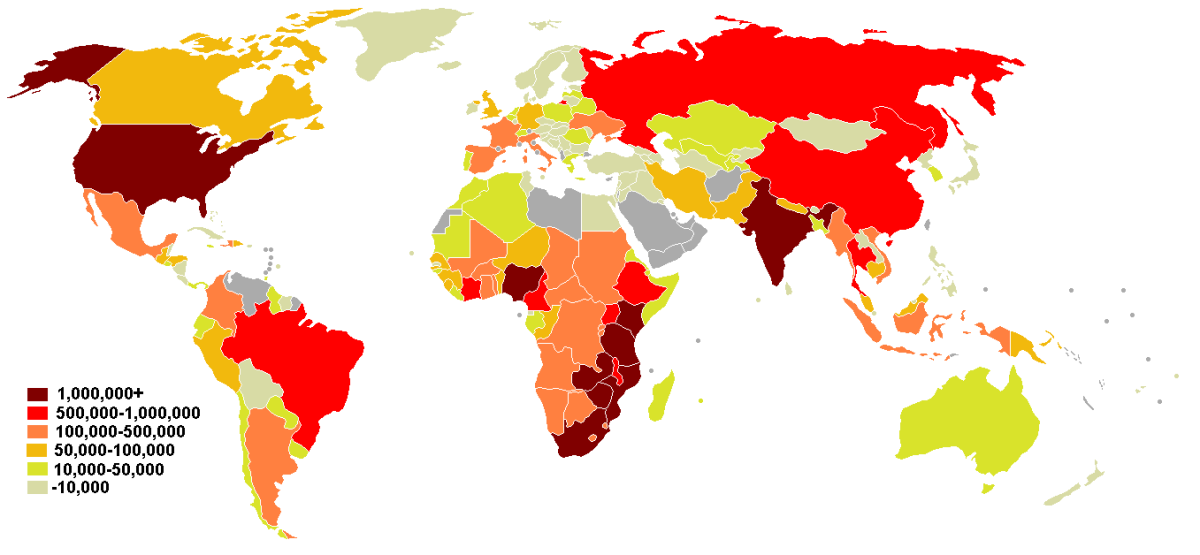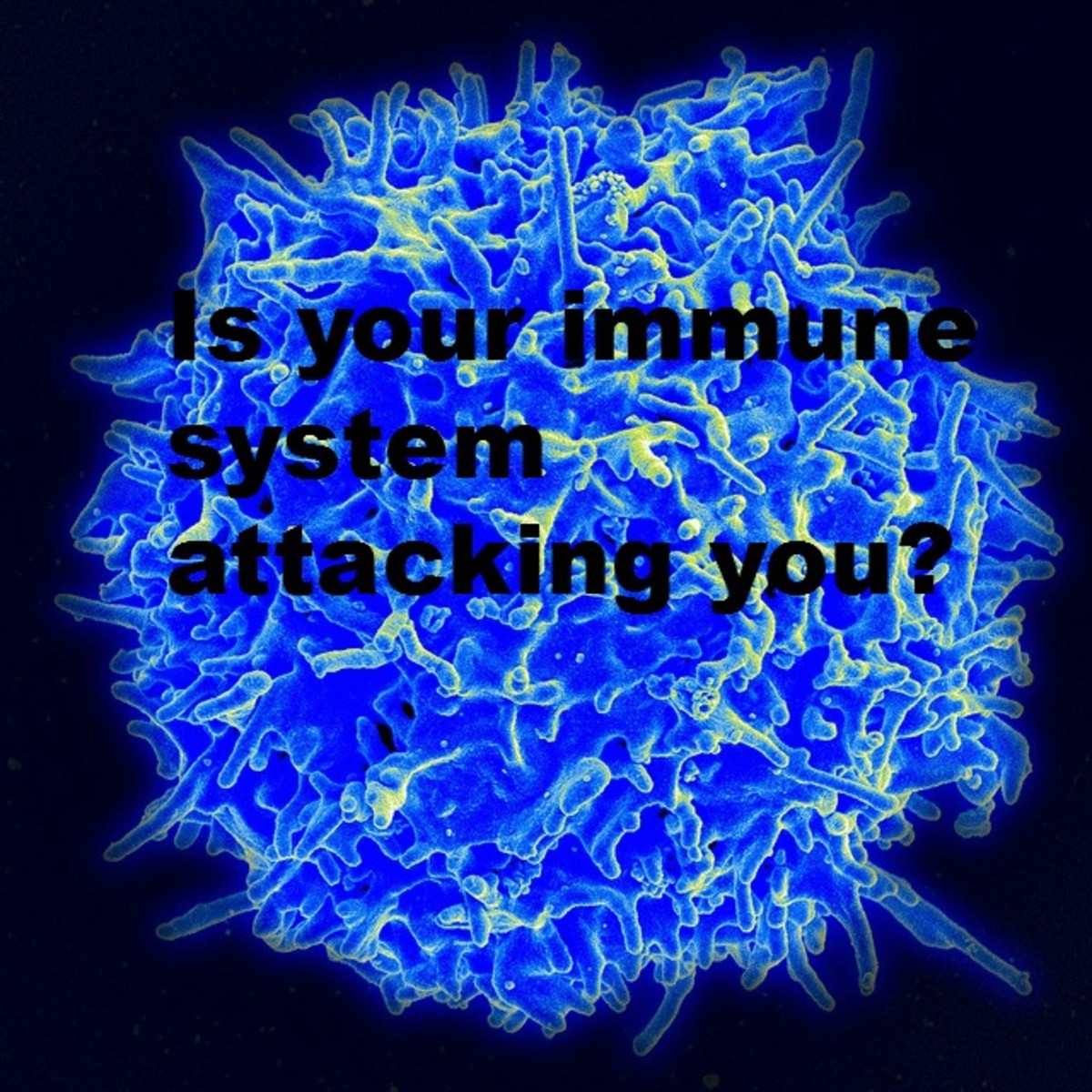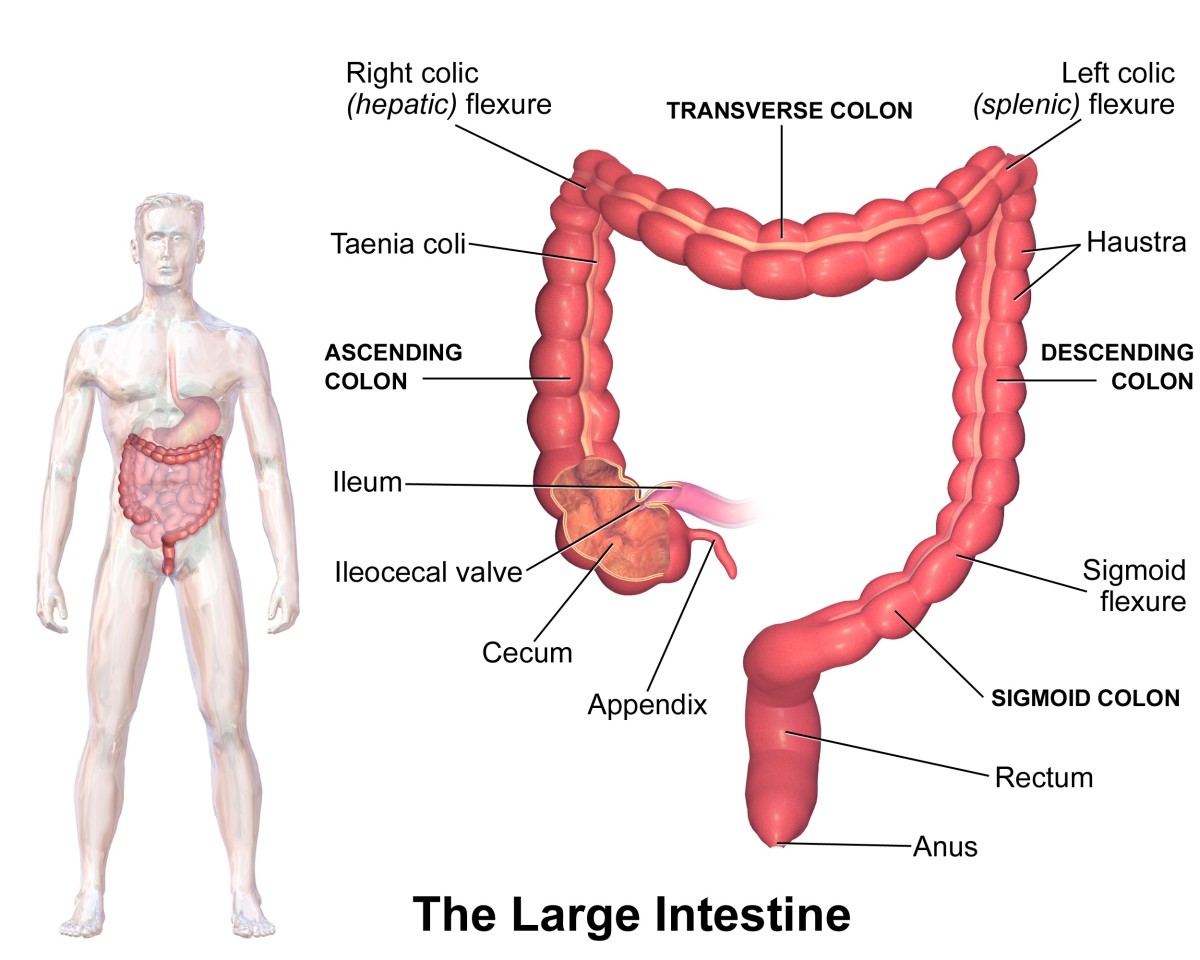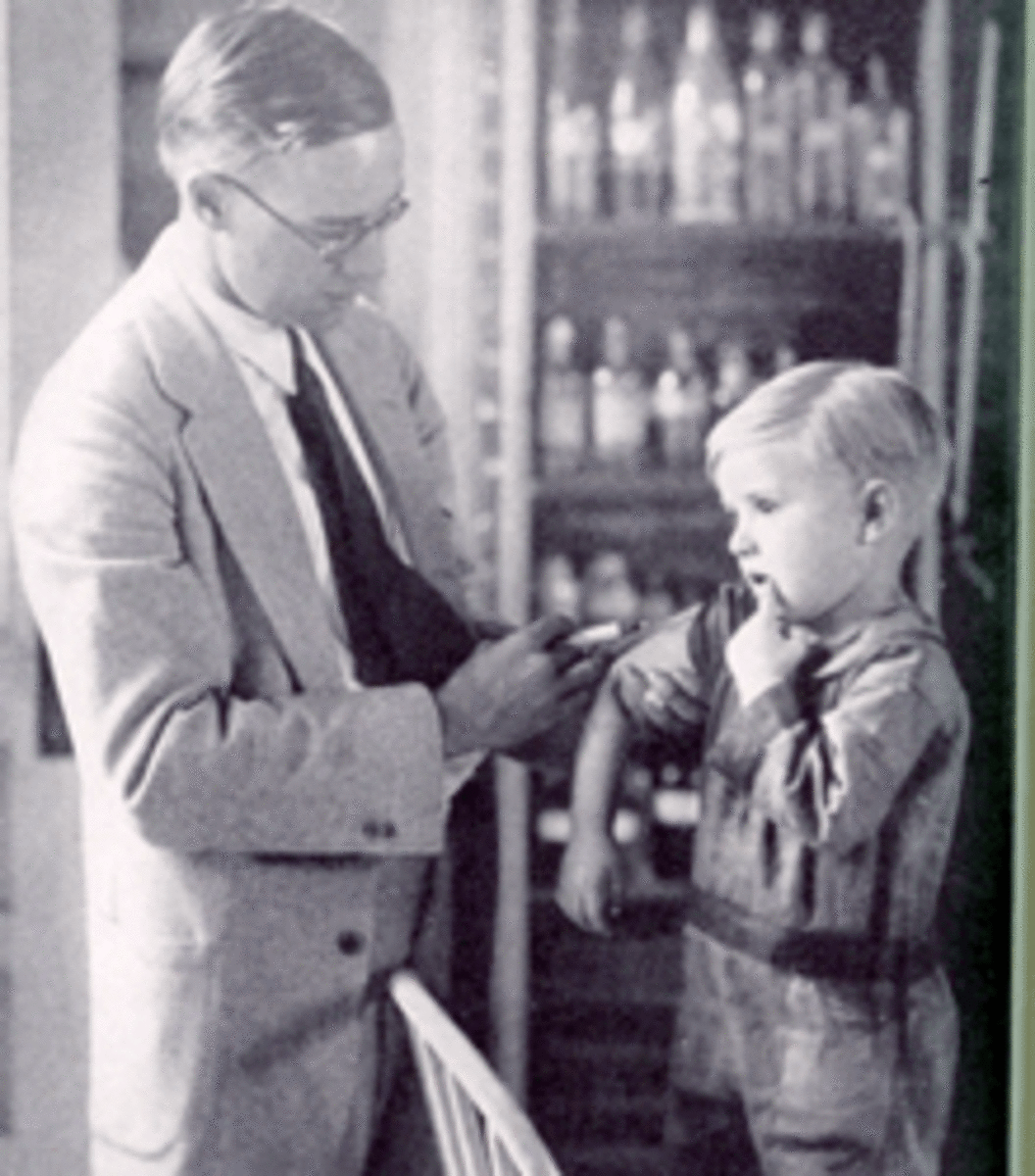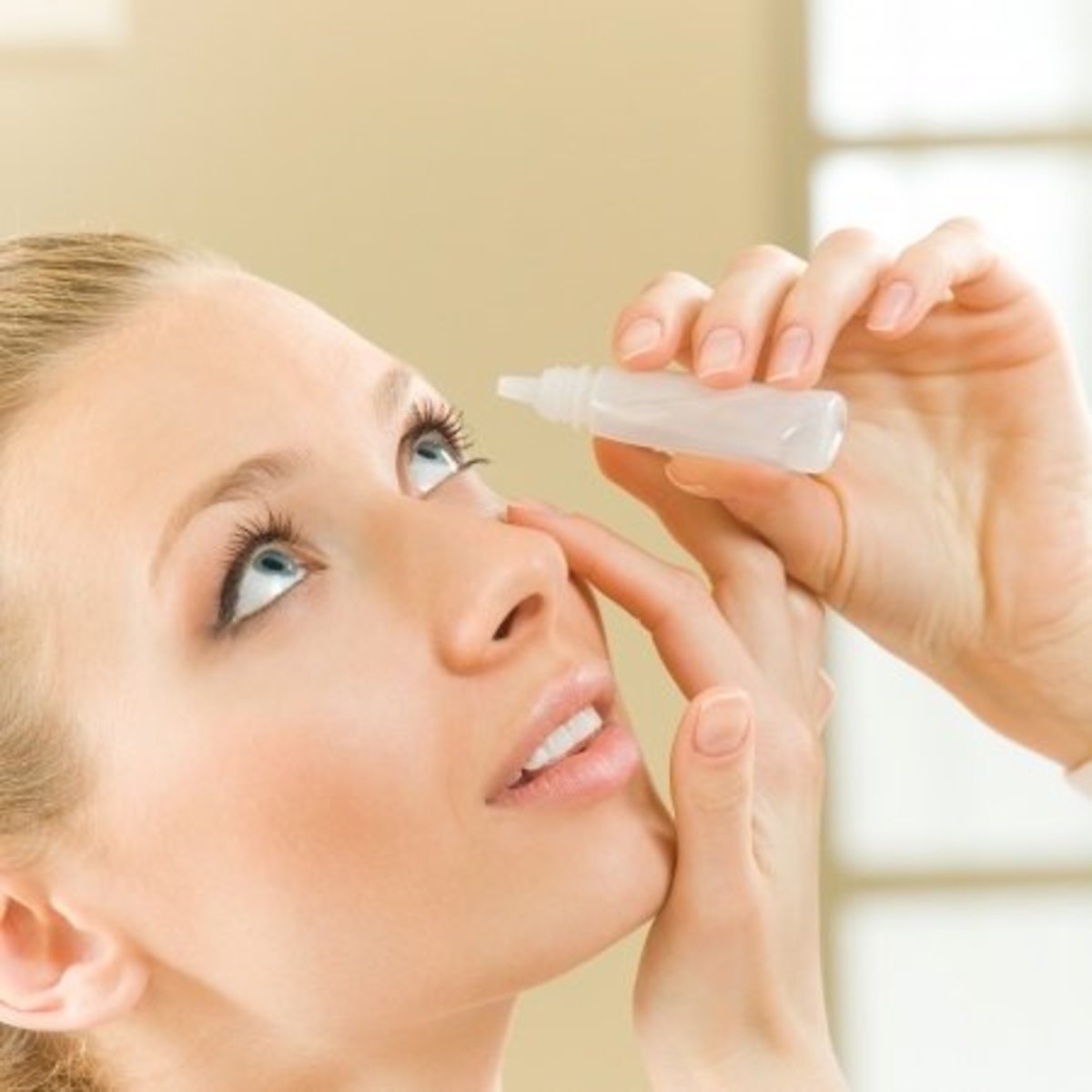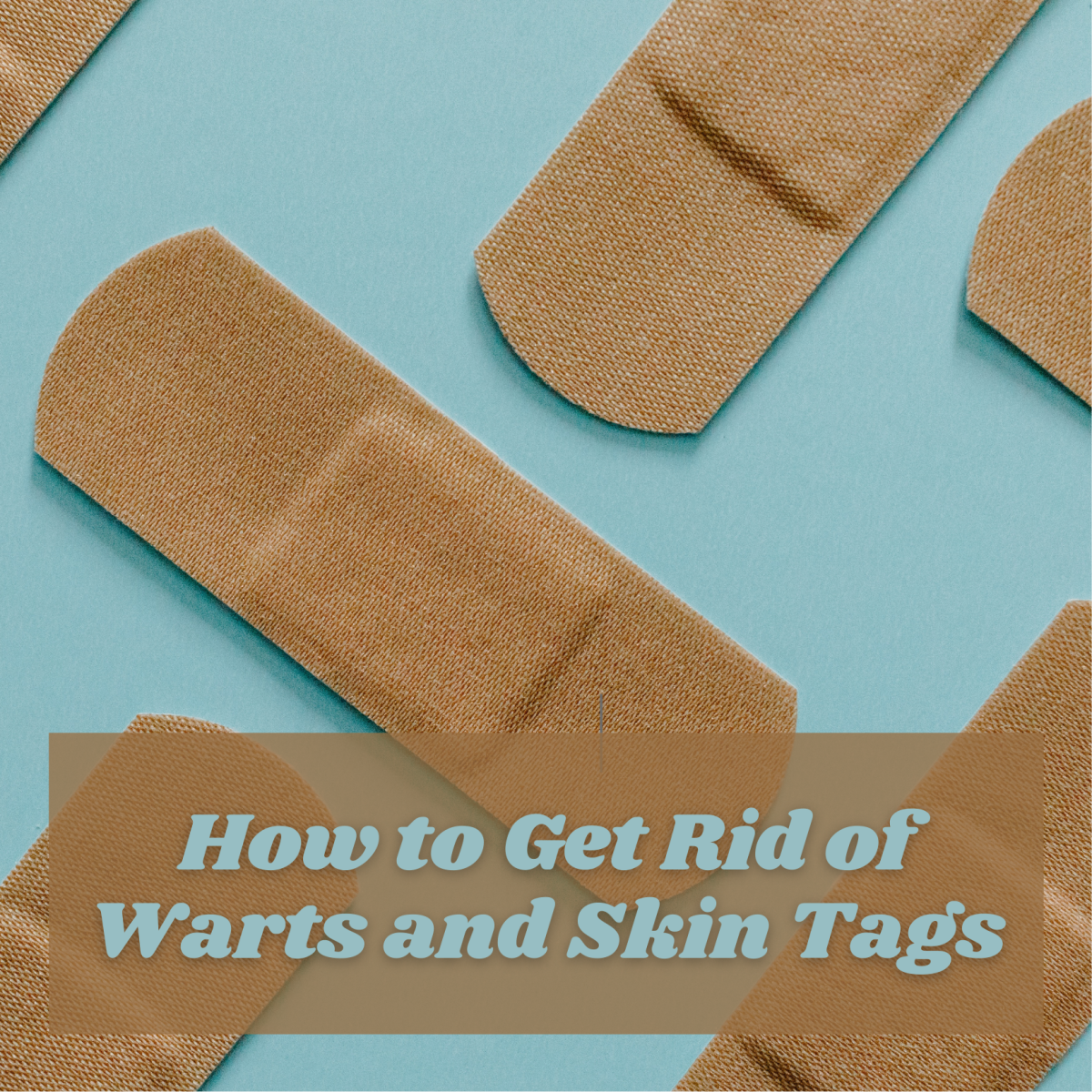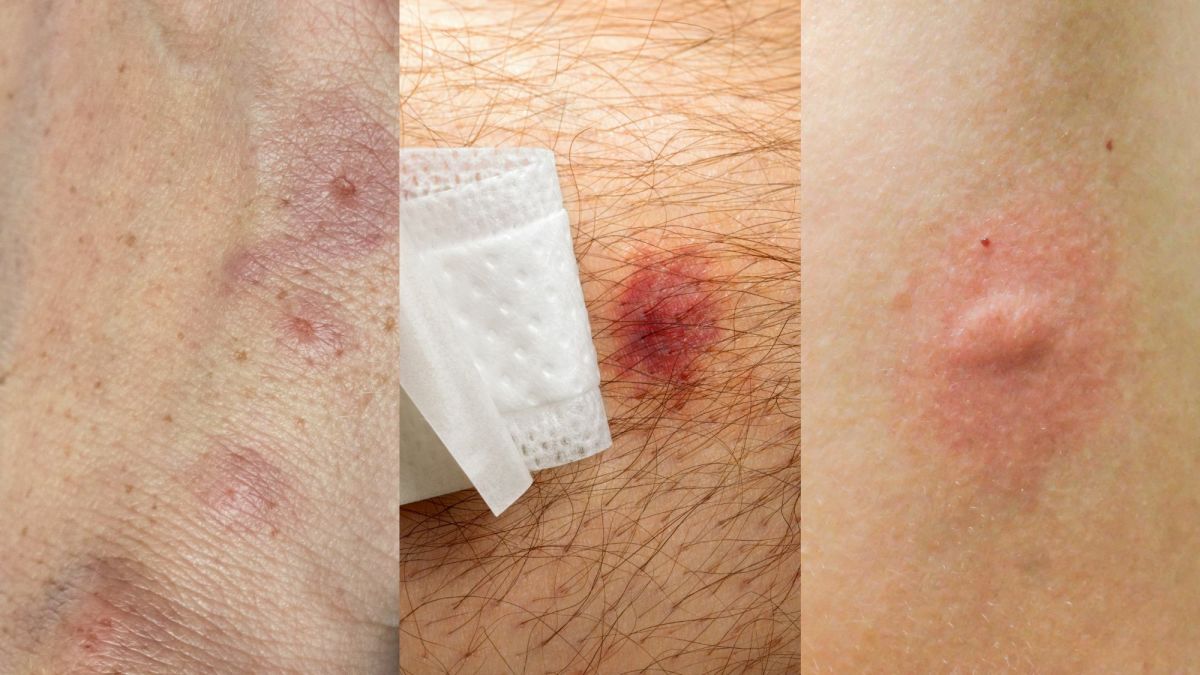What to Do in Case of Post-Exposure to HIV?
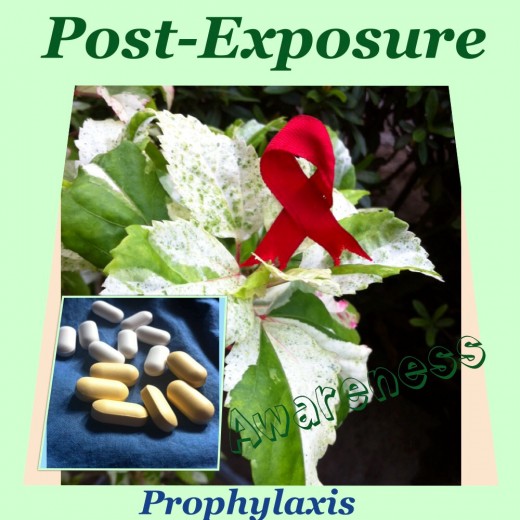
HIV infection had been considered before one of the lethal disease that could strike a person or a nation. In recent days, after many studies and researches done, the disease is only referred to as one of the chronic diseases known like diabetes. Though it is considered chronic infection, the precautions and preventative methods against HIV transmission must not be taken for granted, but instead, the dissemination of public health information regarding HIV must be willingly acquired by each one of us.
Cases of HIV Post-Exposure
Though the HIV preventive knowledge is professed in the community and highly available in the net especially from trusted government websites, there are some cases of HIV post-exposure happen like:
- accidental prick in hospital setting
- aggressive and unsafe sexual intercourse
- vaginal delivery of infant by an HIV positive mother
- or if a person is a rape victim
What are you going to do if it happens to you? Know the immediate and necessary procedures that must be undertaken to destabilize the virus in the body and consequently inhibit HIV infection.
Post-Exposure Prophylaxis (PEP)
Post-exposure prophylaxis is a drug treatment given to a person who had been exposed to HIV in cases stated above within less than 72 hours after exposure (except for newly-born baby).
PEP is said to be not effectual or irrelevant to prevent HIV infection if more than 72 hours had been passed before seeking medical attention or administration of antiretroviral (ARV) drugs. Drug treatment consists of 2 or more antiretroviral drugs (ARV) regimen to be taken within 72 hours of exposure (preferably within 24 hours post-exposure) and will continue administering up to 28 days.
Antiretroviral Drugs
The ARV drugs are also the same drugs people living with HIV (PLWH) are taken, the difference is they will take the drugs lifetime. The purpose of ARV treatment as PEP is to prevent HIV becoming stabilize in the body. At the very early course,with the combined effort of the immune system and ARV drugs, both can synergistically inhibit HIV infection.
Usually the virus began to stabilize within 3-4 days in the body and became fully established in 2 weeks time, that's why prompt treatment is needed. Adherence is a must; meaning consistently taking the medication at the right time every day for up to 4 weeks.
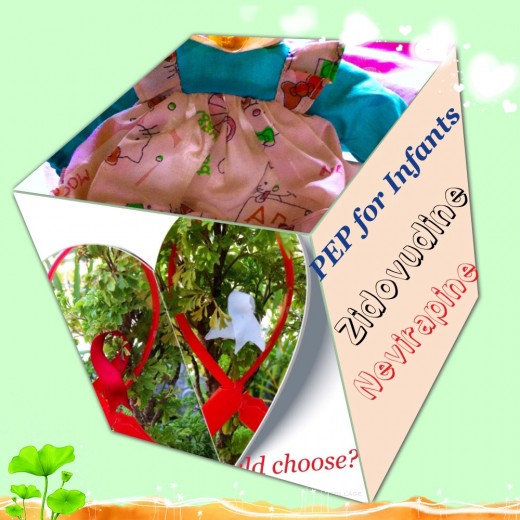
PEP for Infant Borne by an Untreated HIV Positive Mother
To prevent perinatal transmission of HIV, PEP should be initiated to the baby as soon as possible after delivery.
Infant should receive six weeks of zidovudine chemoprophylaxis and three doses of nevirapine in the first dose (0-48 hours after birth), second dose (48 hours after first dose) and third dose (96 hours after the second dose).
These treatments are said to be not effective anymore if the baby started the treatment at 2 days of age; while at 14 days of age, HIV become fully stable in the baby's body.
A Newly-Born HIV Positive Baby "Cured" After Given PEP
There is a case called "a functional cure" happened to an infant delivered vaginally by an untreated HIV mother. The mother was screened only during labor using HIV rapid testing. The baby was found to be HIV positive using HIV DNA polymerase chain reaction (PCR) at 30 hours of age and the antiretroviral treatment was initiated at the same time. At age 31 hour, the baby was tested again using HIV RNA PCR having a result of 19, 812 copies/ml—meaning the HIV did existed in baby's body.
At the least expectancy of hope, HIV became undetected at 18 days of age and the treatment has been discontinued by the mother. At 30 months old, the virus remains undetectable with no inclusion of any therapy.
The functional cure is believed to be from the immediate initiation and high doses of the standard combination of therapeutic drug regimen that prevent the establishment of HIV in the infant's body.
Tests for HIV Diagnosis
P 24 Antigen test
| HIV 1 & 2 Antibody test
| Nucleic acid Amplification Test
| Antigen/Antibody Test
|
|---|---|---|---|
measure the virus by detection of P(protein) 24
| measure antibodies made by the body against HIV
| quantitative measurement of the HIV genetic material
| measure P 24 and antibodies against HIV
|
best for diagnosis
| best for diagnosis
| best for monitoring
| best and the most preferred test for diagnosis
|
Tests for Early Diagnosis of HIV
P 24 Antigen Test
P 24 is one of the integral parts of HIV. It stands for the viral protein 24 which makes up the nucleoid/viral core and surrounds the HIV genetic material and its different enzymes needed for virus replication.
P 24 antigen test is primarily a test to detect the presence of HIV in the body in the very early stages of HIV infection when the antibodies against HIV are not yet detected. This antigen is usually higher in blood for the first few weeks (1-3 weeks ) after infection—which makes it the most earliest test to diagnose HIV infection.
The antigen level subsides later. This is because the body started to develop and generate antibodies against HIV antigen. At this time, the P24 antigen test is not reliable in diagnosing HIV infection which renders the HIV antibody test significant when the P 24 antigen became undetected.
A HIV-positive antibody test done with a newborn baby can possibly due to the mother's antibodies that pass through the placenta and cannot be used to confirm HIV diagnosis.
In infants below 18 months old, the viral Nucleic Acid Amplification Test (NAAT/NAT) is used to detect HIV infection. This test directly quantifies the genetic material of HIV and is better for monitoring purposes. It is usually performed in HIV infected person under treatment to know and measure the efficacy of ARV drugs.
HIV 1 and 2 Antibody Test
The body begins to make antibodies(chemicals/protein) against HIV 3-8 weeks after infection. These antibodies generated mostly against envelop proteins (gp 120 and gp 41) are usually being measured in this test. The antibody test is built up to detect HIV 1 and HIV 2. It is highly possible that a person can acquire both infections at the same time so the antibody test is very useful in detection of two major types of HIV infection at this period.
A person can wait 1-3 months before undertaking the HIV antibody test. According to Center for Disease Control and Prevention, 97% of HIV infected person will generate antibodies in the first 3 months and rarely in 6 months of infection.
What to Expect in a Test Result?
If the test result is nonreactive or negative after 1-3 months from the time of exposure, the test must be repeated after 6 months and then after a year to be said potentially safe to HIV infection.
If the screening test is reactive or positive, a supplemental like Western blot test must be done to confirm the patient as really positive for HIV infection. HIV medicine or antiretroviral therapy is the standard treatment used to treat people living with HIV.
The administration of ARV drugs is under person's consent. The standard combination of antiretroviral drugs is used to counteract the effects of HIV. It is not a cure, but it can suppress the action of HIV to further destruct the immune system.
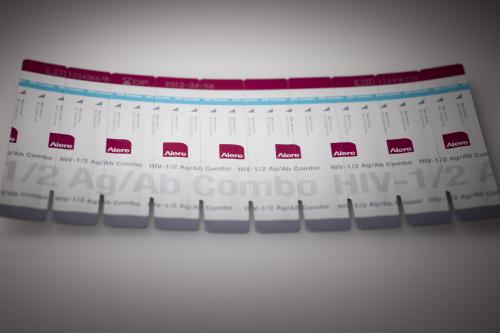
The Power of the Two Tests
The U.S. Food and Drug Administration approved and released the first rapid HIV antigen/antibody test. The test is used to diagnose HIV infection in the earliest possible time by distinguishing the presence of HIV P 24 antigen ( highly present within the first few weeks) and concurrently HIV 1 and 2 antibodies( highly present within 3-8 weeks and persist throughout life).Early detection and prevention is made possible with this combo test.
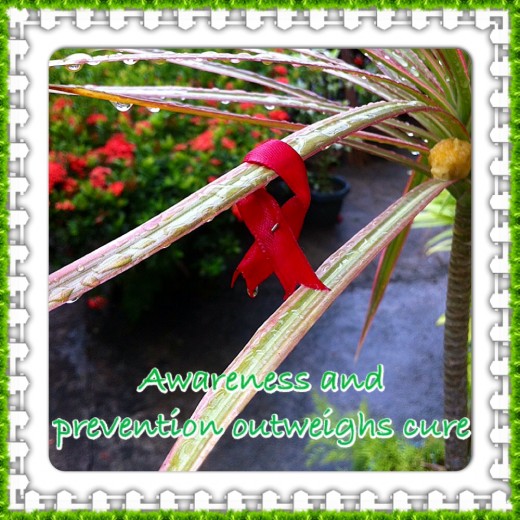
Prevention Outweighs Cure
Acquiring knowledge and abrupt administration of post-exposure prophylaxis can inhibit the actions and effects of HIV and thus the entire HIV infection.
Though we always and commonly heard the saying "prevention is always better than cure," it is still the most significant preventive tool against all diseases. Disengagement in the HIV-high-risk way of transmission is better, and thus considers the most preferred method than administration of post-exposure prophylaxis.

